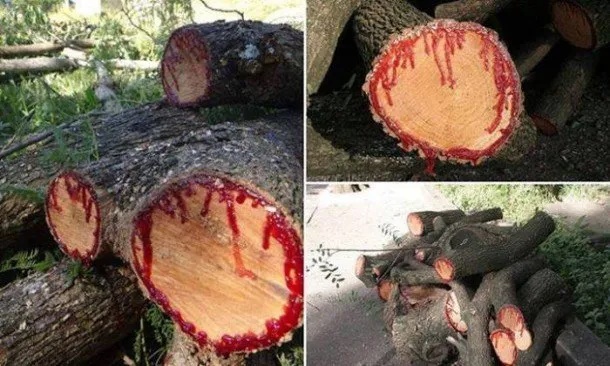
Dragon’s Blood tree (Dracaena cinnabari) – Socotra island
Dragon’s Blood tree (Dracaena cinnabari) – Socotra island
Narrates the story of the first drop of blood between the two brothers "Abel and Cain", Dragon’s Blood is the most important long-lived tree on the island, which stenographs the most important aromatic trees located in the area of Hajhar, Ayhavt and mountainous series of island. It is truly a blessed tree and a sign of beauty by which the island of Socotra in Yemen is characterized among the world's trees. These trees are growing heavily in the rocky ground of the island at an altitude of 2000-5000 feet above the sea level, and according to old folk beliefs, the tree disturbs the jinn and expels ghosts and evil spirits from human and animal bodies.
Its name is related to the myth that passed between generations in Yemen, which tells the story of the first drop of blood and the first bleeding between the two brothers Cain and Abel, and according to the legend, Cain and Abel were the first who lived in the island of Socotra, and when the first historical murder - mentioned in the Holy Qur’an - in the history took place and blood was shed germinated the Dragon’s Blood tree, which is the tree of blood of the two brothers " Cain and Abel ", while historical sources say that it is dated back to the beginning of the first millennium BC.
Advertisements
14 January 2023
Advertisements



